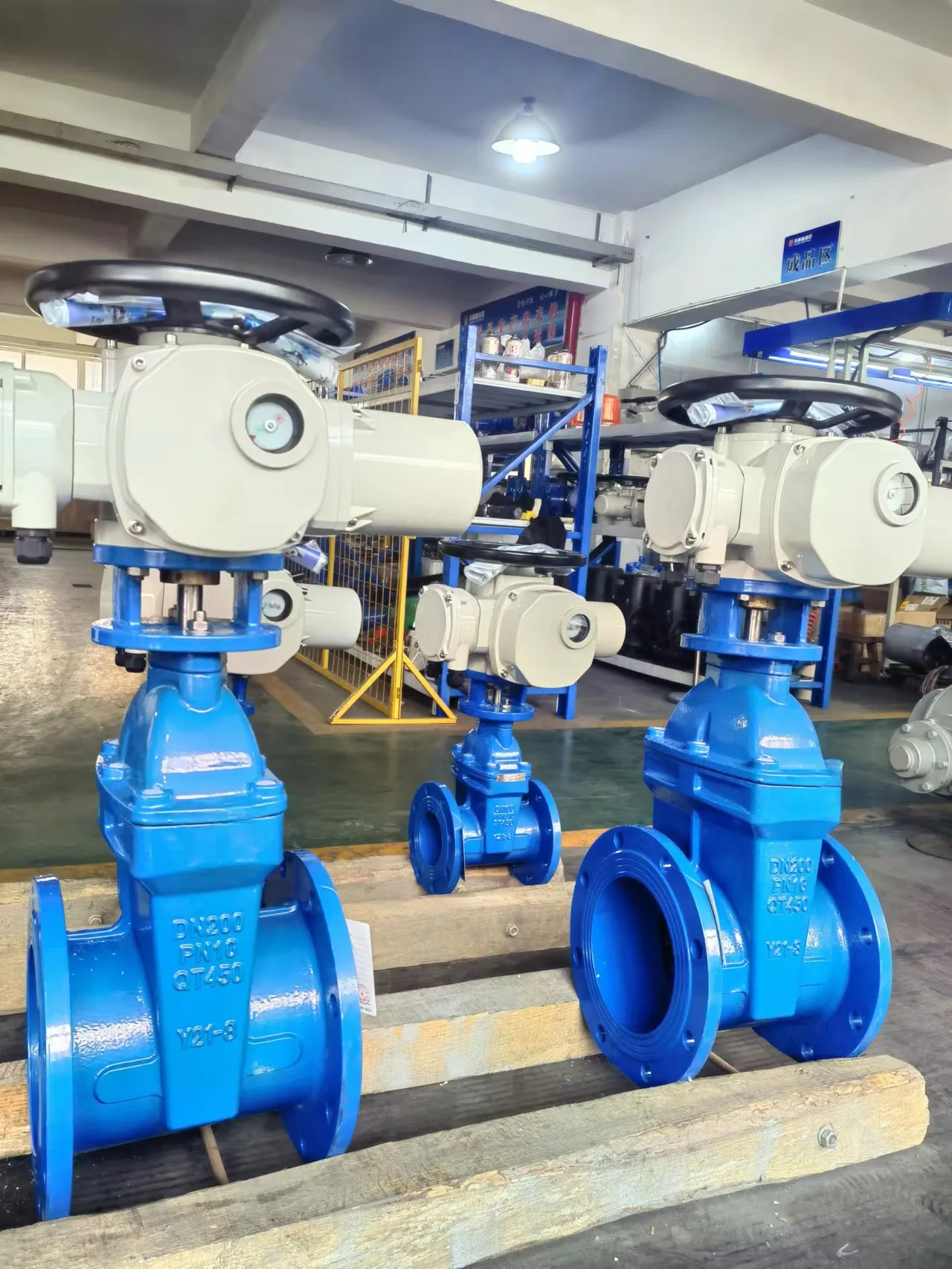aug . 13, 2024 15:16 Back to list
Exploring the Benefits and Applications of Innovative Roof Connector Solutions for Construction Projects
Understanding Roof Connectors Their Importance and Applications
In the world of construction and architecture, the integrity and durability of structures are paramount. One essential component that plays a vital role in ensuring stability and safety in roofing systems is the roof connector. Though often overlooked, roof connectors are critical in joining various elements of a roof, facilitating effective load distribution, and enhancing the overall strength of the building structure.
What are Roof Connectors?
Roof connectors are structural elements that serve as the junction points for different components of a roof. They can be made from various materials, including metal, wood, and composites, and are designed to accommodate different roofing styles and systems. These connectors help to tie together the rafters, trusses, and decking to ensure that the roof can withstand various forces, such as wind, snow, and seismic activity.
Types of Roof Connectors
The diverse range of roof connectors can be classified based on their design and application. Some common types include
1. Truss Connectors These are specialized metal plates or brackets used to connect the joints of roof trusses. They ensure that the trusses maintain their shape and structural integrity under load.
2. Rafter Connectors Rafter connectors help join rafters to the wall or the ridge beam of a roof. They provide critical support to ensure that the rafters can effectively carry weight and resist lateral movements.
3. Hip and Valley Connectors In roofs with complex geometries, such as hip roofs or roofs with valleys, specialized connectors are necessary to accommodate the unique angles and intersections of the roofing elements.
roof connector

4. Collar Ties and Purlins These are additional supportive elements used within the roofing system that may require specific connectors to enhance stability and prevent sagging or warping.
The Importance of Roof Connectors
The role of roof connectors cannot be overstated
. They not only contribute to the load-bearing capacity of the roofing system but also ensure safety and longevity. Properly designed and installed connectors can help prevent structural failures that could lead to water damage, mold growth, or even catastrophic roof collapses.Moreover, roof connectors are vital for adhering to building codes and regulations, which often specify minimum structural requirements to withstand environmental factors. Compliance with these standards is essential for obtaining construction permits and ensuring the safety of occupants.
Innovations in Roof Connectors
As technology advances, the design and manufacturing of roof connectors have also evolved. Modern connectors are increasingly manufactured from high-strength materials and incorporate innovative designs that enhance their performance while minimizing their visibility. This not only improves the aesthetic appeal of a building but also enhances overall sustainability by optimizing material use.
Additionally, with the rise of prefabricated construction and modular building techniques, roof connectors are being designed for easy installation, allowing for faster construction times and reduced labor costs.
Conclusion
In summary, roof connectors may seem like a small detail in the grand scheme of a building's design, but their importance cannot be overlooked. They are crucial components that ensure the structural integrity and safety of roofing systems, allowing buildings to be resilient against the various forces of nature. As advancements in material science and construction techniques continue to evolve, roof connectors will remain an essential element in the architecture and construction industry, paving the way for safer and more durable buildings.
-
Precision Manufacturing with Advanced Spline Gauge DesignNewsJul.31,2025
-
Industrial-Grade Calibrated Pin Gauges for Exact MeasurementsNewsJul.31,2025
-
Industrial Filtration Systems Depend on Quality Filter DN50 SolutionsNewsJul.31,2025
-
High-Performance Gate Valve WholesaleNewsJul.31,2025
-
Granite Surface Plate The Ultimate Solution for Precision MeasurementNewsJul.31,2025
-
Granite Industrial Tools The Ultimate Guide for Bulk BuyersNewsJul.31,2025
Related PRODUCTS









